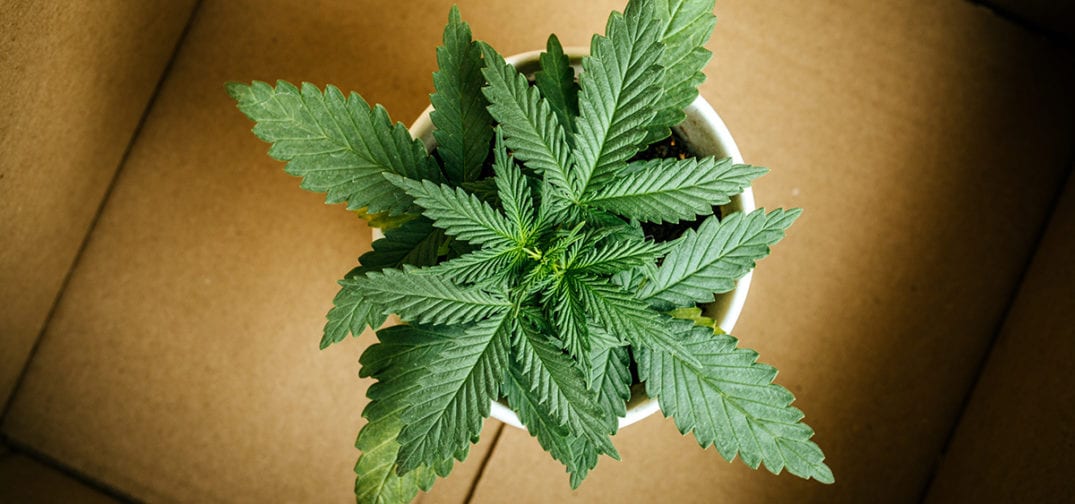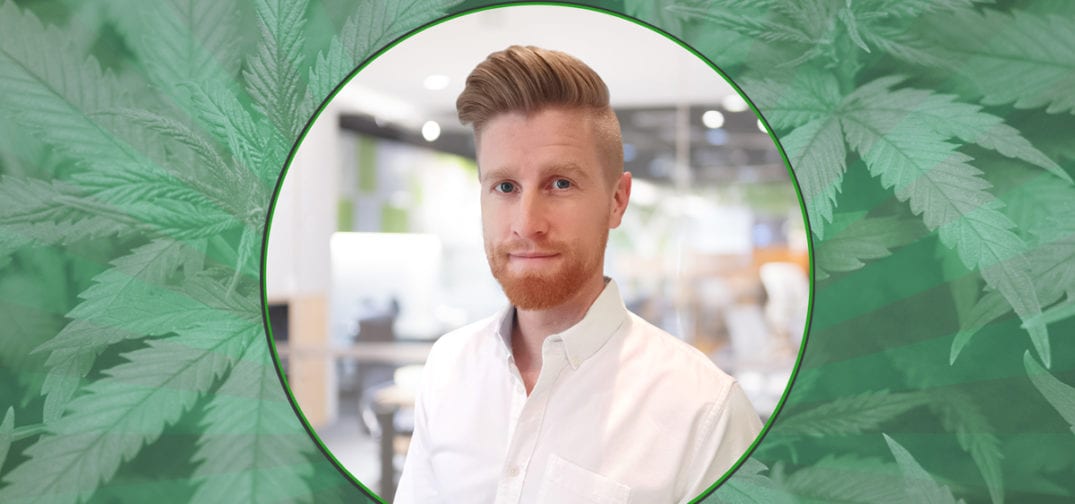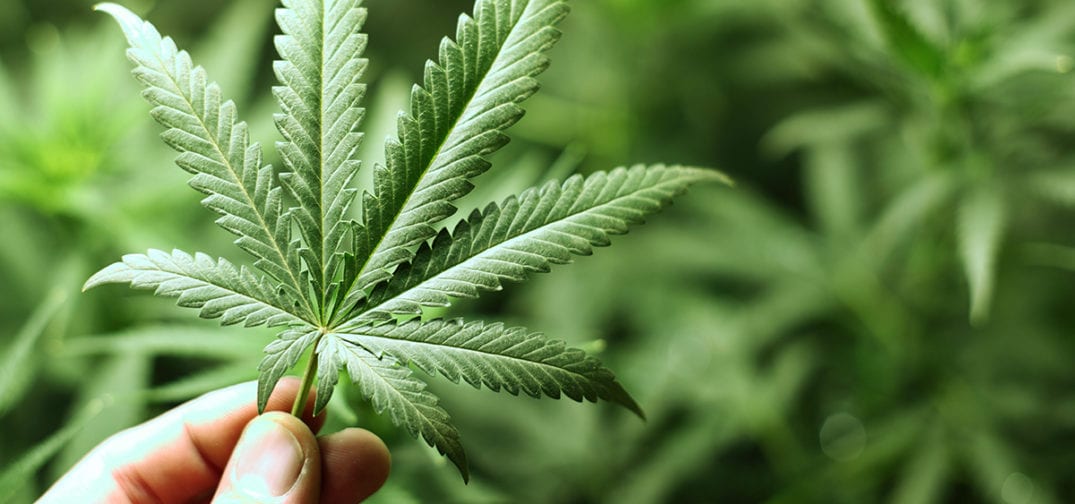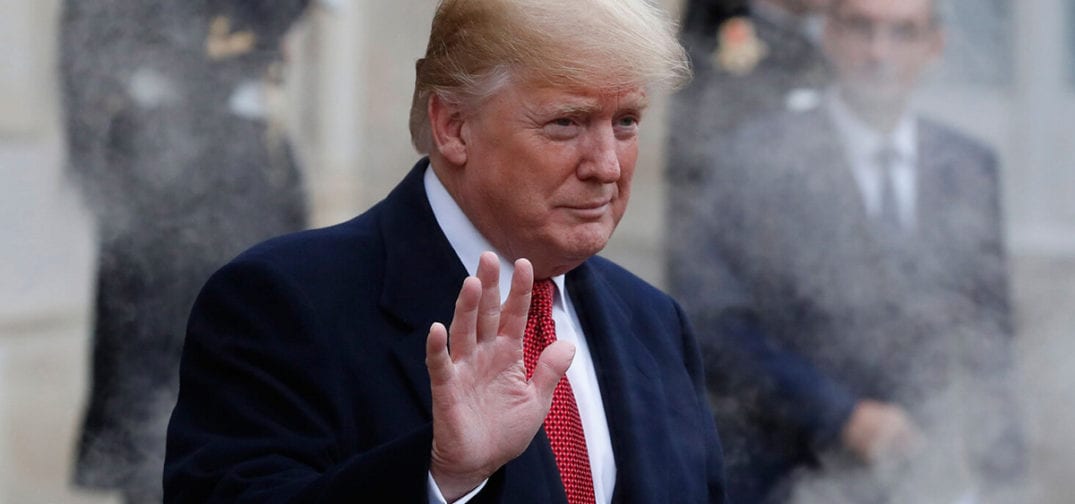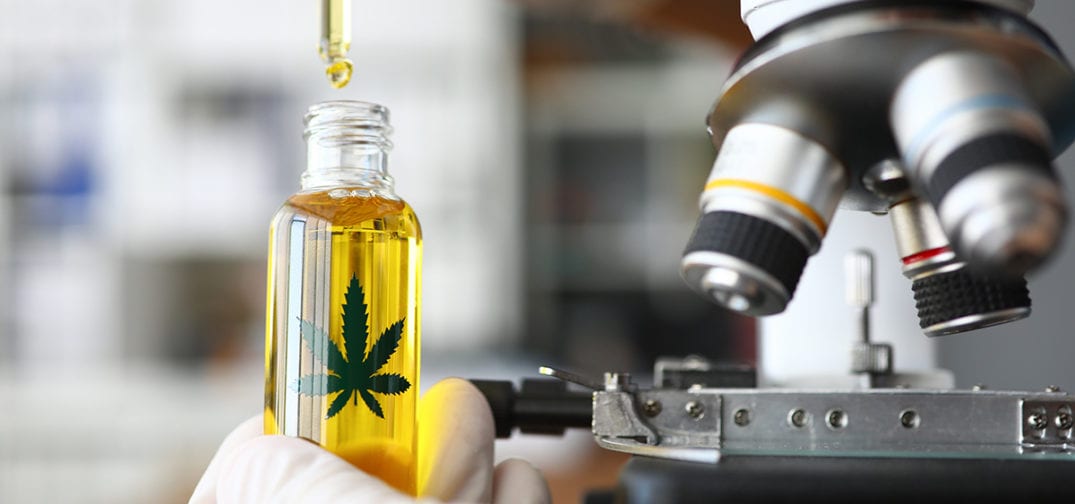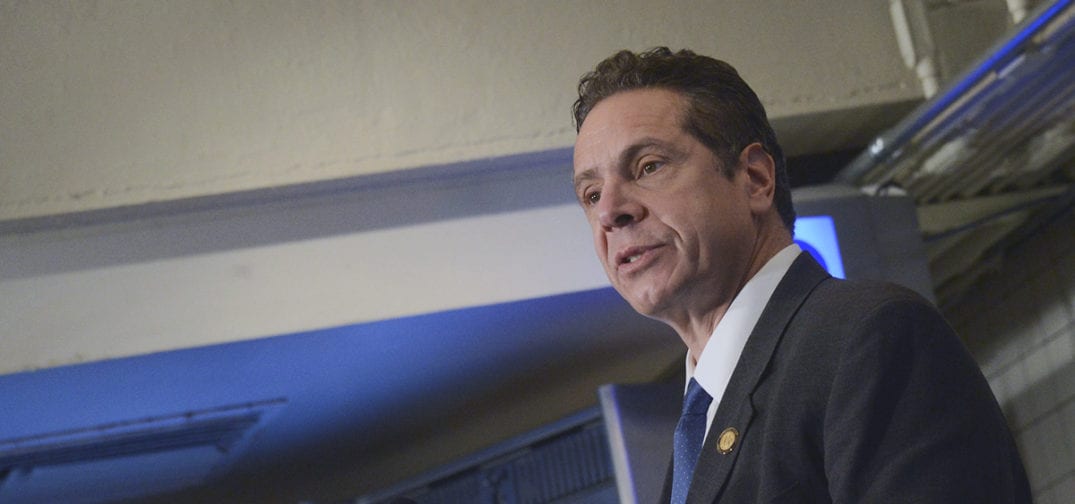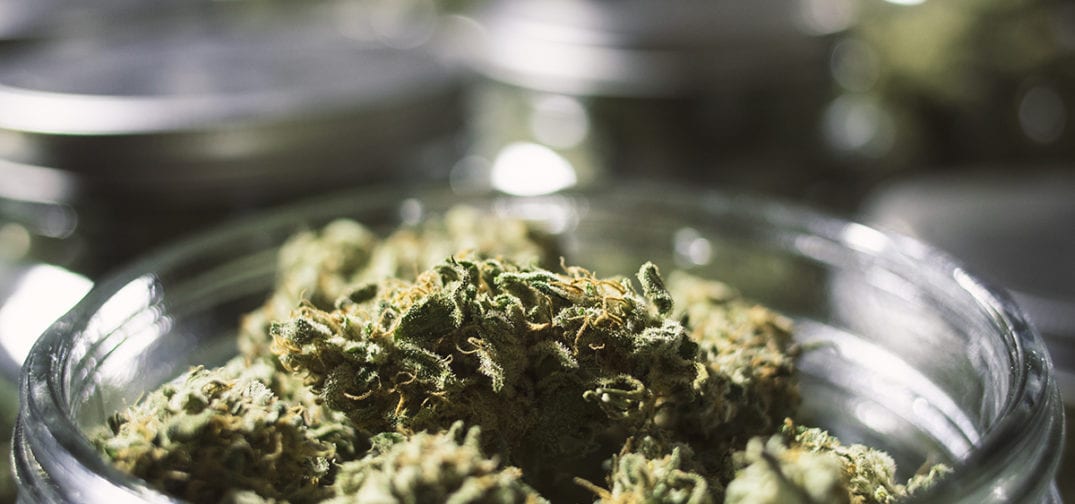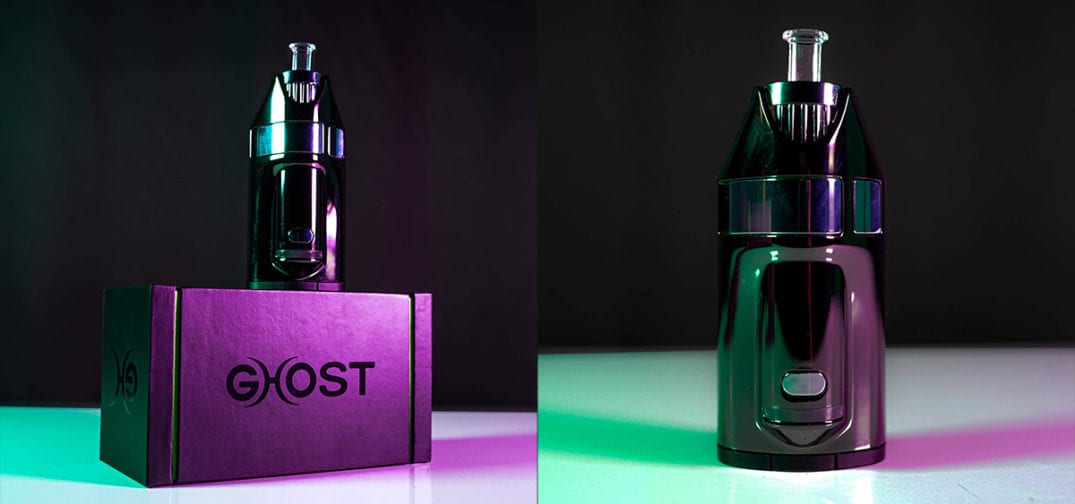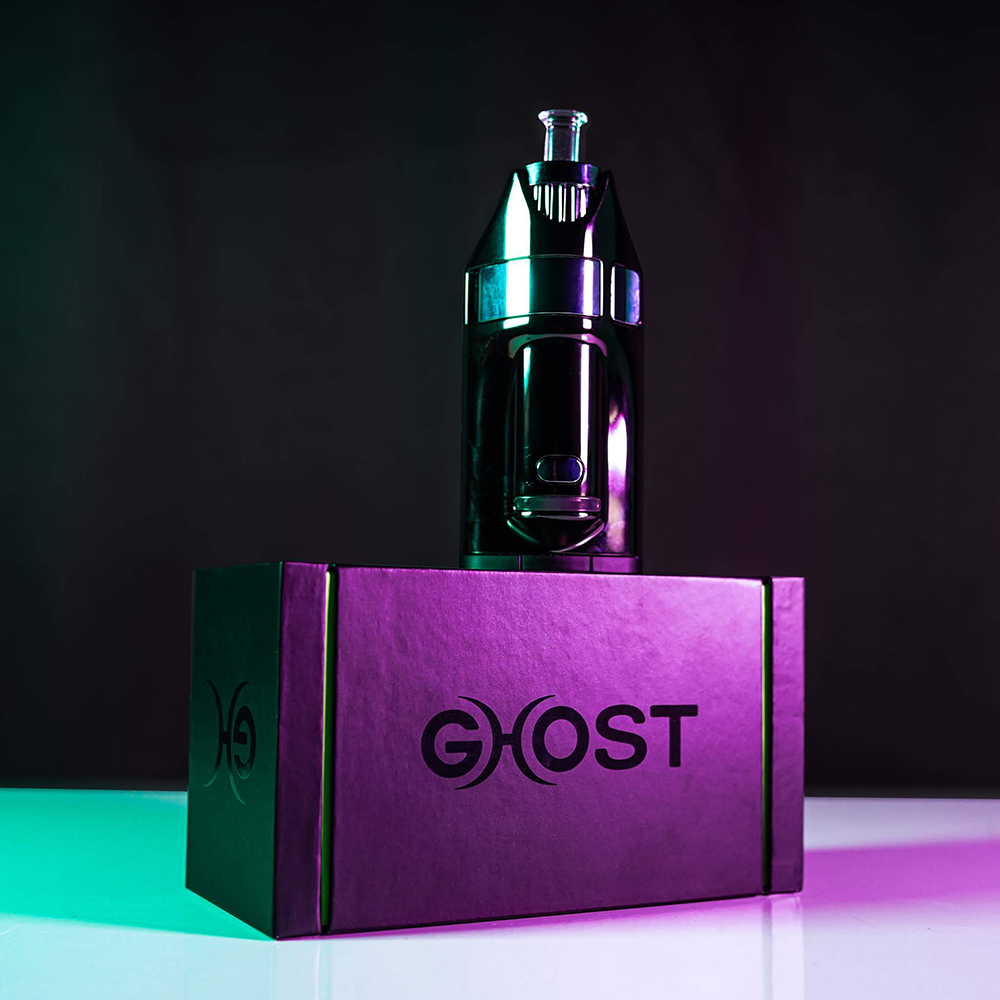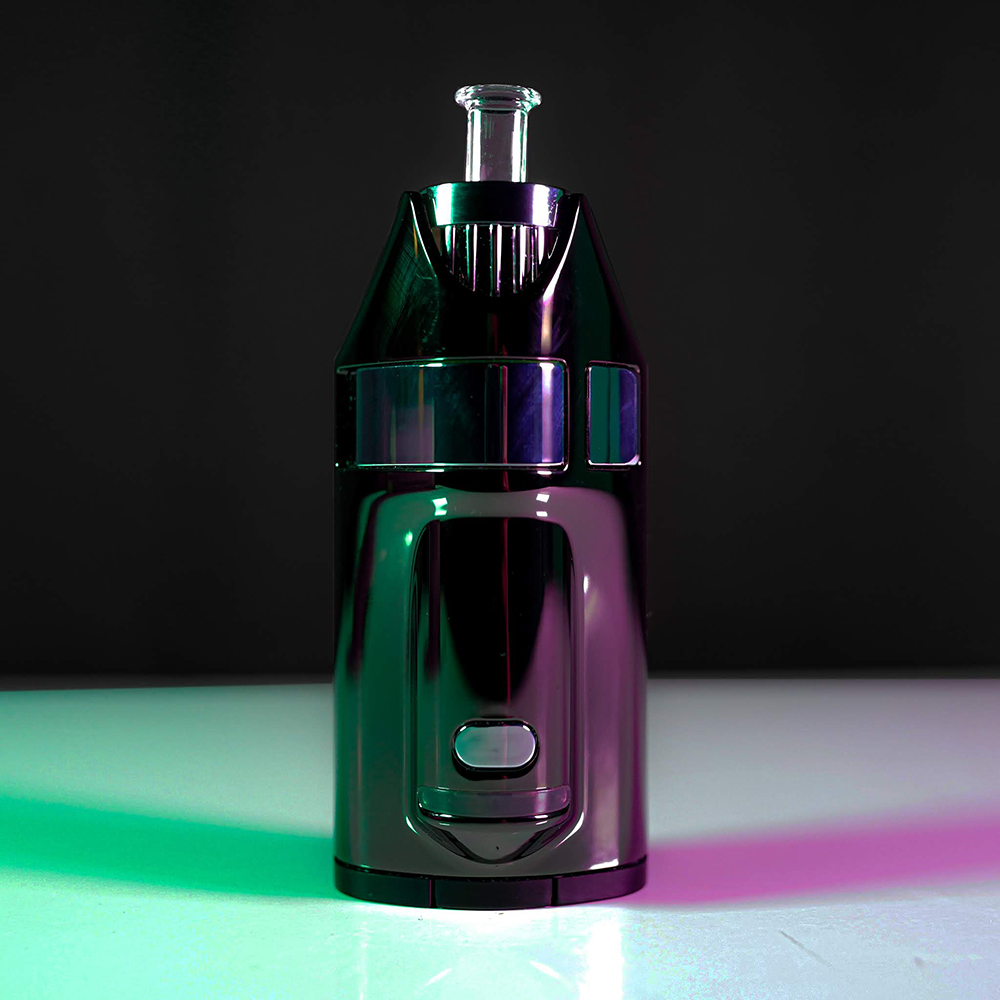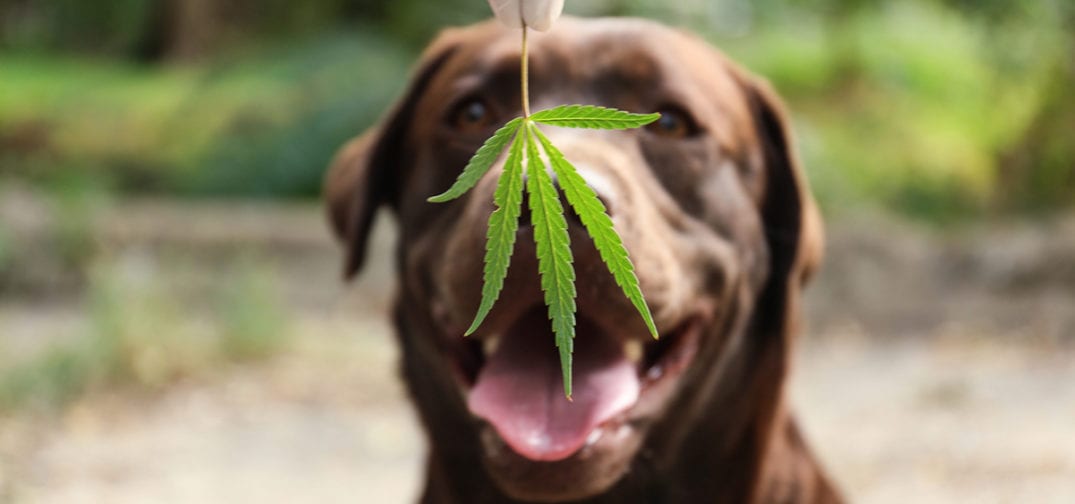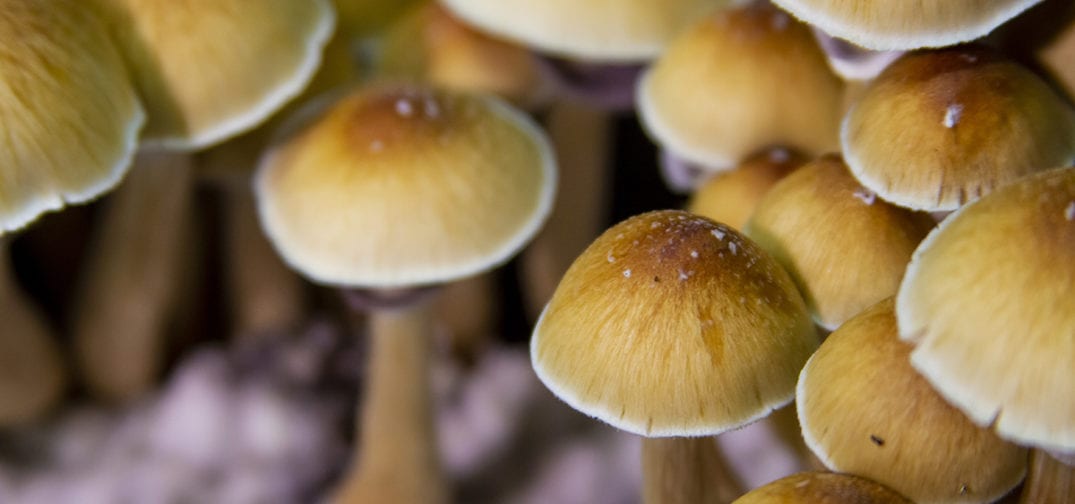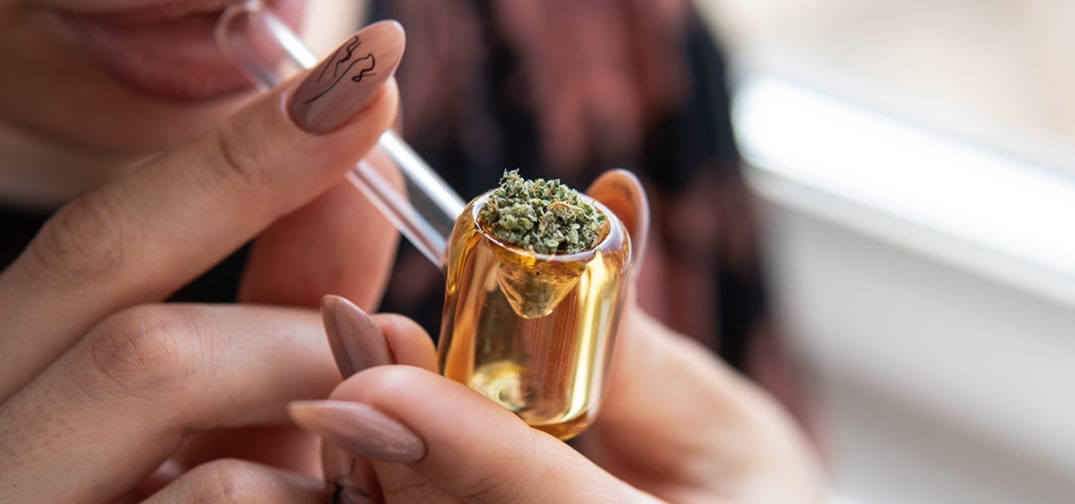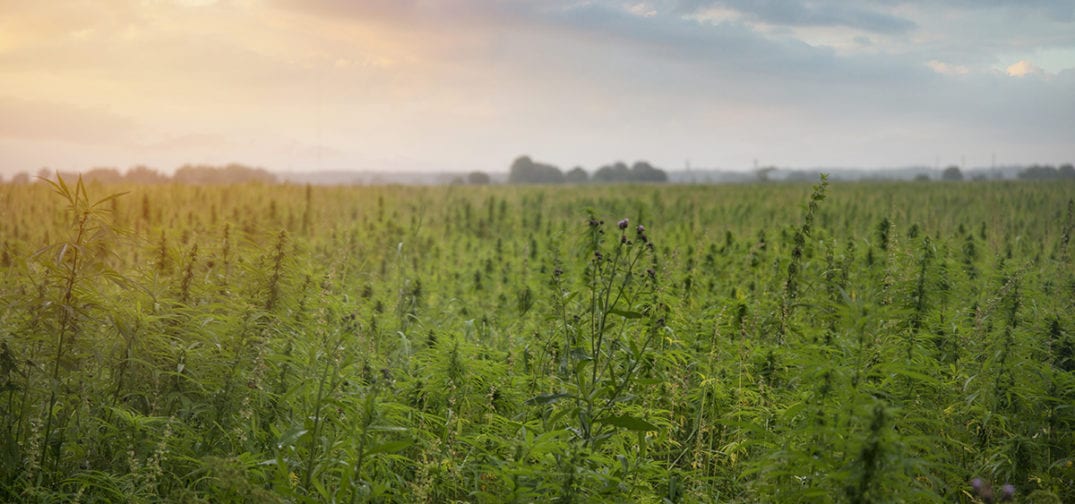For the latest Ganjapreneur.com Podcast episode, Benjamin recently joined our host TG Branfalt to talk about Australia’s cannabis progress in recent years. In this interview, Benjamin explains why it was important for him to launch the Australian Cannabis Industry Awards early on into the industry’s lifespan, what the legalization process in Australia is likely to look like, and more!
Check out the interview via the player below, or scroll down to read a full transcript of this week’s Ganjapreneur.com Podcast episode.
Listen to the interview:
Read the transcript:
Commercial: This episode of The Ganjapreneur Podcast is made possible by 420-friendly service providers in the Ganjapreneur Business Directory. If you need professional help with your business, from accounting, to legal services to consulting, marketing, payment processing, or insurance, visit ganjapreneur.com/businesses to find service providers who specialize in helping cannabis entrepreneurs like you. Visit the Ganjapreneur Business Directory today at ganjapreneur.com/businesses.
TG Branfalt: Hey there, I’m your host TG Branfalt and thank you for listening to the Ganjapreneur.com podcast where we try to bring you actionable information and normalize cannabis, through the stories of Ganjapreneurs, activists and industry stakeholders. Today, it’s the very early morning for him, I’m joined by Benjamin Jesse, he’s the founder of the Australian Cannabis Industry Awards. Which celebrates the nation’s activists, business leaders and community trailblazers. They held their inaugural event this year. How are you doing this… ? What, 1:00 AM for you?
Benjamin Jesse: Well, it’s actually a little bit later than that. It’s 3:00 AM here, Tim. But yeah, I’m doing really well. It’s really nice to connect and I’ve been a long time listener and it’s really good to be on the show.
TG Branfalt: I appreciate that. I appreciate that. Did you wake up for this or did you just not go to sleep?
Benjamin Jesse: I didn’t go to asleep yet, but that’s okay. It’s a common thing, if your caught making international calls in Australia your sort of not just upside down on the world, your upside down on the club too.
TG Branfalt: How long have you been in the industry and how’d you end up launching the Cannabis Industry Awards, man. What’s your background?
Benjamin Jesse: Yeah. Well, I first fell in love with cannabis about seven or eight years ago now. It’s not very long compared to many people in the industry. It was all the reasons once to be honest, it was quite the conversion. I have a form of spinal arthritis, which CBD made a huge difference for. But, it was also all the other reasons at the same time. Yeah, I loved how it open my mind and connected the dots of life. Made me feel a bit more like me. You know what it’s like.
I guess you’d call it therapeutic or spiritual benefits, back seven or eight years ago. Then to top it off, I went in deep learning about all the eco and sustainable benefits. It’s many other medical uses of course, and you know, the endocannabinoid system, et cetera. So yeah, I just learned as much as I could… I really could get my hands on. About it’s history and, yeah. Prohibition and stigma, and the activist community over here, and I just put my weight behind it all. There’s a bit of a no brainer to do the awards as well, I’m a passionate kind of person and it was something that had changed my life, and I wanted to help it change others’ as well. So, yeah.
TG Branfalt: Tell me about Australia’s cannabis industry. Who are the major players? Is it like the U.S.’ where you have a lot of small companies because of federally illegalization? What’s going on?
Benjamin Jesse: Well, Australia’s cannabis industry, it’s quite complicated. It feels very similar to the way that the U.S works. I mean, the main players I guess in terms of business wise, we’ve got quite a lot of amazing advocacy groups and public figures pushing for cannabis reforms in Australia. There’s about a dozen groups from different segments of the community. It doesn’t seem quite as strong as the U.S as compared to things like normal, that group and so on that I hear about everyday, but it’s more of a community push in Australia with large groups of users and compassionate supplies such as the MCUA which is the Medical Cannabis Users Association. The HEMP Party, standing for, Help End Marijuana Prohibition and a few others.
Yeah, these groups have been around for decades. They mostly get ignored by politicians and hassled by police, but yeah. We’ve also got the Australian Greens Party. They’ve shown some pretty effective leadership over here and push for legalization for a few years now. I think, actually the group which has found the most support and I would say arguably is affected the most change in Australia, is a group called United in Compassion. There are only a few years old, but they seem to be finding the right balance of organization and action, like to be listened to by those in power, I guess?
They really bring together many of the other groups who were already existing for years with a clear message. And I guess most importantly, they don’t look like hippies, certain politicians actually listened to them, if you know what I mean. But we also have some incredible groups of carers and suppliers that have been here on the front lines of cannabis reform, like education. They’re really doing well for educating and saving lives really for decades, and it’s these people that the awards are really specifically interested in celebrating.
We’ve actually divided the awards into two main categories, business and community. The community section we have awards such as activist of the year, lifetime achievement award, artist, stigma award. Women of weed award, education award, and those sorts of things, and the business probably a little bit more predictable I guess. Innovation award, business of the year, packaging of the year, doctor of the year, column writer of the year. The Green Award, which is a sustainability award. So yeah, obviously we’ve had provisions for the same amount of time in the U.S, because we pretty much just took it on board when the U.S did. So thanks for that.
TG Branfalt: Where do patients actually get medical cannabis in the country, is it in pharmacies? You know, out here we have dispensaries that are privately owned by and large, what’s the process like for patients?
Benjamin Jesse: Yeah, they are… I mean, I think the best answer to that, up until the last few months has been that they don’t. They don’t get the medicine. Unfortunately, a lot of the legalization that happened over here was really strict. The laws which had passed and the stipulations that the patients had to follow to be able to get medicine was pretty much. Oh, and the supply as well itself. The actual number of products which were available on the market were close to zero. We’re talking about over the course of a year or two, we had in any order of hundreds of patients annually.
It was a huge, big, long process just to get the actual medicines. Until recently, that’s been pretty much the way that it’s happened. Unfortunately as I say, the legalization has really been very much of a too strict and too controlled. Just to answer the question a little bit more specifically, what happens is it’s, patients need to go to a doctor. They need to get a special a form and process filled out by the doctor, which is quite tedious and hard to do, following this specific number of conditions. Then they get a chosen medicine, which isn’t… it’s not like they can do their own brand and stuff, there has really only been access to a couple of very specifically targeted brands I guess.
TG Branfalt: In the reporting that I do, do on Australia, it seems to me that the federal government supports research, and there are some bio pharma companies that are doing some of that research. Is that a fair characterization?
Benjamin Jesse: Not really. Look, I think the government’s put recently in the last two months, put about $3 million into research. They’ve gone, for the first time, gone ahead with actually sponsoring specific research into finding the benefits of cannabis. But it’s really only a recent phenomenon. There’s been a bit of movement recently, but it’s mostly… before that for the last 90 years, it’s just been hand-waving. They’ve been claiming that more research is needed and they’ve done that for decades, but really they haven’t done anything.
It’s really been one of the biggest thing that is holding it up because they don’t want to change any laws until there’s enough research done. But yeah, which is… it just doesn’t make any sense for, especially when you’re talking about just continuing prohibition without actually having any of that support, I guess.
TG Branfalt: So it doesn’t seem to me, from what you’re saying, that there’s any support for federal legalization, recreationally, despite the budgetary office found that it’d be worth like 2 billion annually for the Australian government.
Benjamin Jesse: Yeah, it’s a great point. It’s actually 3.5 billion annually for the latest data. I’ll tell you why as well, Tim. It’s fascinating. Look, we have a very conservative government in power in Australia, which might be a little bit counter intuitive for the rest of the world. But, we’re heavily influenced by corporate interest and entrenched lobbyists, it’s really well known over here. The conservative government has been in power for six years already, and just in July, passed, there’s one another three years in power, which was actually not expecting to happen, but. Yeah.
So most people agree that it just seems that they’ve changed their mind recently because they’ve really only realized that they can make money off it, and generate jobs, which looks good in elections, obviously. It’s been clear that they don’t really care about patients and activists unfortunately, which, you know, they’ve been telling them about the medical properties for years. There’s been reports from Senate committees and scientists for years telling them all about why they need to decriminalize at least, but they don’t budge. They actually still tried out all in the same reef and madness claims from the 70s and regularly show how little they know.
They even say… Like the health minister and things like that, will say phrases like, ‘smoking the leaf.’ And all of the all, you know, just really, really, really stigmatized ways of saying cannabis, and it’s a shame that any legalization taught recently by the government has got to be for the reasons of… a lot of Australia talks about, our government just being corporate based and so on. It’s quite contrary to the rest of the Australian population to be honest, and that’s not… it’s pretty well accepted as well.
The conservative government obviously represents the people because they were voted in, but on the issue of cannabis, it’s one of those things that they really do not represent the country on. As an example, we were actually the last country in the world to legalize hemp for food. That was only in 2017, so up until then we weren’t allowed to put hemp in any sorts of food at all. We were the last ones in the world. Let alone-
TG Branfalt: And you’re not talking CBD, you’re talking hemp seeds?
Benjamin Jesse: No, just hemp seeds. Yeah, hemp seeds or hemp oil. But-
TG Branfalt: Oh, shit.
Benjamin Jesse: Yeah, absolutely, it was illegal over here to do that until 2017. Let alone medical or… I don’t use cannabis. That’s how bad the government stigma is about it. Over 90% of the population in Australia has supported cannabis for more than a decade, but the government has only really recently passed medical laws. Really recently, I mean. They’ve been very strict and barely successful.
Unfortunately, we had a bit of state legalization for medicinal cannabis as well, but that’s being bogged down and barely useful for access. The number of-
TG Branfalt: And when you say, which state?
Benjamin Jesse: Melbourne was one of the first ones over here to make quite a bit of progress with that and there’s been local decriminalization of cannabis as well for certain quantities. So South Australia and a few others had small levels of decriminalization and so on. But once again, most of the state changes until very recently, have been mostly just on paper, if you know what I mean. Yeah.
TG Branfalt: What are the penalties for say, possessing an ounce?
Benjamin Jesse: It’s obviously different across the states. I mean we still have many, many people, a large proportion of the prison population is for non-violent drug offenses. 80% of those, just like in the States, it’s about 80% is for possession, like small quantities really, we are not talking about trafficking and those sorts of things. But in New South Wales for example, which is the most populated state, we have for the last, I think it’s about five or so years, we’ve had a police three-warning system. Where if you were caught with small quantities they would give you warnings before they gave you a criminal record. But that just depends on the police and the time and so on.
So it’s still very much a criminal offense over here, which I guess is a bit ironic, seeing as we’re a convict settlement. Australia, you know, was set up by criminals and-
TG Branfalt: Is that true? I always thought that was like a legend.
Benjamin Jesse: No, no that’s true. Yeah, it’s actually very fascinating Tim. We were very much a convict settlement from the UK set up originally. And this might shock you, but we were set up originally for a few reasons, but one of the main reasons was as a hemp colony. There’s quite a lot of history on this, which I’ve read up on, and it shows that we really were basically as an outpost. Somewhere to send all the prisoners but also to start ma…
Basically, obviously prisoners at the time were slaves. Basically they worked, they produce, they built half of the things in Australia back in the day. They essentially used them to create huge hemp crops to make ropes, and fiber, and fabrics and so on. So it was, yeah. It’s quite an ironic story.
TG Branfalt: Well, I mean this is very fascinating in the sense that, if you look back on American history as well, and you had mentioned the brief parallel between, or at least the US export of prohibition. But, Thomas Jefferson famously had a hemp farm. The declaration of independence is famously written on hemp paper. Then we get the prohibition and now it seems to me that we’re a bit more progressive in terms of this the Federalist system, because the States can basically do what they want. It seems that like that sort of happens in Australia as well.
Benjamin Jesse: It does, it does. It happens for most things. We definitely have the state-based laws for a lot of things. Although it’s not strictly adhere to that often. I mean it depends on the issue, but the States just mostly are pretty well agreed across most of the bigger issues, I guess. We don’t have as wide as it seems a variety of state-based laws, I suppose. We’re a very cohesive country, you know, we do have the disparities across a few of the further States. One state might be a little bit more conservative than the other, but we tend to have very similar federal laws.
TG Branfalt: I mean recently, and we can talk about the capital territory where they had basically allowed, I think it’s, you know… What is it? Two plants or something, residents there could grow a couple of plants, decriminalization of possession. Then, the attorney general comes out and basically says, this law doesn’t have any effect because of Commonwealth laws. The feds at large though say that they’re not going to challenge it. Can you sort of provide a little clearer picture of what happened or will happen in the ACT, and what the response do you think will probably be?
Benjamin Jesse: Absolutely. Yeah. The ACT, the Australian Capital Territory is sort of like Washington DC, they have only literally just passed the first adult use laws in Australia for 90 years. It allows as you said, two plants and 50 grams of flour, and there is still no sales allowed, or gifting, or anything like that. But yeah, the legalization in the ACT has really been exciting for the cannabis supporters in Australia. Although the ACT itself has less than 2% of the population. It’s very symbolic, it could be a big symbolic move going forward.
The ACT could well just be the Guinea pig for some of the other States to follow, particularly Victoria and South Australia, which would probably be next. And there are about 35% of Australia’s population. Considering we do have a very conservative government in power for at least three more years, state legalization may be the way it happens. A lot of people will take that, it just depends on the next government after this three years I suppose. The federal government has threatened to overturn the change in the law. They’re sending mixed messages though. So whilst you say they won’t challenge it, they still are threatening to change it before it becomes legal in January.
But, it’s just hard to tell if they’re just making some noise to be seen. They seem to be threatening in the moment. The state government is actually threatening them back and saying, “Don’t you dare change it, and you can’t change it.” Those sorts of things. The federal government has actually overwritten state laws in the past, such as abortion and gay marriage, so it’s not out of the question. Definitely not out of the question. I guess we just have to wait and see really until January. If it takes over in January and nothing’s happened, that’ll be exciting.
It’s really exciting nonetheless. It’s just one of those necessary steps in legalization. If it gets overturned, fine. You know, it’s going to, but it would because such a fuss and it’ll be the catalyst for a lot of other things. So I guess, we’ll see how it goes. Well, were just going to wait and see, really.
TG Branfalt: So here… I mean the U.S I’m sure everyone knows how our stupid political system works, but it’s a two-party system essentially, a one-party system if you will. The Democrats, they give lip service to sort of, you know, “Oh, we would legalize… ” I mean Bernie Sanders for example, right? He’s been on the campaign trail lately, just saying, “I’ll legalize within a hundred days.” Is there a candidate or anybody in Australia who could rise to a position of federal power that has that advocacy for cannabis, or is that completely not on anyone’s radar federally?
Benjamin Jesse: No, not really like that. No. The system over here is a little bit different, we still have the two party system, so we’ve got the conservative and liberal. It’s actually a bit strange because over here our liberal party is actually the conservative party.
TG Branfalt: Strange.
Benjamin Jesse: So yes, it’s really hard to discuss it for overseas people, because we’ve lost the meaning of the word liberal over here, it means conservative. So I won’t use that word, I’ll just describe it another way. But yeah, our conservative party is basically a absolutely no go on legalization. As I say, they talk about the recent madness stuff. The other party, the more liberal party, as you’d call the Democrats, I suppose. They are more supportive of it and that has been mentioned prior to this legalization that they want to support it more. But it’s nothing like the Bernie Sanders, or a couple of your other candidates who if they do actually get the nomination would change everything.
The closest that I think we have is our Greens Party, which the way our system works is that, if the votes are pretty even and they have a balance of power and they need to make a deal with the government at the time, they can put forward things. And they do, they put a lot of pressure on things like cannabis legalization if they get that say on things. But that’s usually just a concession, it’s not so much a chance of being empowered. Often, people would say, “Oh, we might still be another two or three governments away from federal legalization.” Just because we don’t have a leader who would say anything like that at the moment, unfortunately.
TG Branfalt: Does the U.S policy affect Australian policy? Or is there another sort of, you know, is it the UK, or… Because you had said that the U.S. gave you guys prohibition, if the U.S were to legalize for example, would that maybe nudge the feds in the right direction. Or UK for example, which is even less likely?
Benjamin Jesse: Yeah. Personally I think so. I think if the U.S. or even the narcotics Act and so on, I think we tend to look up to the big brothers here in Australia. Like if something happens overseas, we do tend to give it a lot of influence. But at the same time, having said that, I mean you’ve handed over the stigma as well as the prohibition, if you know what I mean. So people, especially those who have been trotting out the same message for so long, who believe there a message about all of the stigma of it. So it’s one of those problems that exists regardless, just because people are so stigmatized by it.
Which is quite funny when you know a bit more about Australian culture, to be honest, because we… Like, especially when you’re talking about alcohol in Australia, it’s a very funny dichotomy if you compare the two, because we have such a strong alcohol culture in Australia. It’s actually, it’s almost a rite of passage for our prime ministers to be seen drinking a beer at the football and the local pubs, and with everyday all these, like it really is. It’s a photo opportunity that happens every single time a new prime minister comes in. In fact it’s…
One of our most popular prime ministers, maybe the most popular prime minister Bob Hawke. He set a world record for sculling 2.5 pints of beer in 11 seconds. There’s even a brewing company named after him, and a very popular lager, the Bob Hawke lager. Yeah. It’s quite remarkable compared to the cannabis industry. It’s funny because, like Bob Hawke himself said in his memoirs that he thinks that the single biggest reason for his political success, the fact that he skulls a beer at the football. Every time he goes to the football now, the older crowd around him chants and sheers for him to skull a football. And we know that alcohol is killing 6,000 people in Australia every year, from alcohol related diseases and poisoning. Yet when it comes to the far less dangerous substance, cannabis, which has never killed a single person, the government is so superstitious and afraid.
Many people were refer to the Australian government as a ‘nanny state.’ If you’ve heard the phrase before, because we have a very overbearing and protective government from media censorship laws, to lock out, public drinking laws, to police power laws, to protesting laws, all sorts. It’s no wonder that they have like a blanket nanny state prohibition still on. Your listeners probably are an aware or didn’t hear about the last month in the newspapers in Australia, all of the newspapers, like all of the newspapers in Australia published the same front page. Which was just a completely blacked out page with a small text saying that Australia’s government is hiding and censoring information from the public, that is important to know. And they can’t legally talk about it. That’s not just one topic, it’s dozens, dozens of different topics that they’ve barred from talking about].
TG Branfalt: Oh, shit.
Benjamin Jesse: Yeah, it’s a big deal and that carries across as well to the same sort of nanny state that we get, other than other bits and pieces. We’re very heavily controlled, whistle blowers, and activists they’re all treated very harsh. It’s no wonder that we have this enemy set up of cannabis, it really fills that role well for them.
TG Branfalt: So I mean, it sounds like the chance to put together this awards is… I mean, it didn’t strike me at first like activism, but in a sense when you live under this sort of… It sounds a little more oppressive than the U.S. government, which I have my own issues with.
Benjamin Jesse: I know you’d be… If you found out more about the Australian government Tim, I know that you would be on the side of pulling your hair out, at least, that’s for sure.
TG Branfalt: Was that one of the things you were trying to do at the time was to sort of bring it above the whisper?
Benjamin Jesse: Yeah, absolutely. Yeah. Look, it’s definitely one of the main motivators of the awards itself. I mean, we… I guess probably it’d be easier to answer the question just to go back at why I originally, why the group of friends that started it with actually did start it. My history with cannabis has, when I first learned about it, as I mentioned at the start, I sort of wanted to help out the cause and bring attention and awareness to it. I created these videos, educational videos and I spent a lot of time thinking, “Well, what else can I do? How can I make the stigma less and how can I support the industry, and bring a bit more,” sorry, excuse me, “attention to some of the activists.” And the businesses over in Australia who were doing the right thing, and who are being oppressed and so on.
It was one of those thoughts of, “well, hang on,” A legitimate industry, every legitimate industry needs an award ceremony, and not only that, but it’s also about bringing the recognition of companies and activists to the public to show them that we really are trying to make this much more above ground, and spoken about. We’re going from the black market, to the supermarket, and people need to have a place where the community is represented, and celebrated, and encouraged to have good business practices and to be all of those things. So yeah, absolutely.
TG Branfalt: Can you tell me about some of the challenges that you faced when you were putting this whole thing together?
Benjamin Jesse: Yeah, challenges. Look, it wasn’t a challenge to get the industry on board, that’s for sure. We have such a good culture behind it that it’s very well supported. I think as the rest of the world has this canaban on advertising, and I think that’s been one of the biggest challenges, is we can’t advertise it anywhere. We can’t publish these things, we can’t put on Facebook, or Instagram, or Google, and we especially can’t put it on newspapers and those sorts of things. So one of the biggest challenges is actually connecting to people, getting out to people, and getting people aware of the whole thing. It’s very siloed, people are sort of…
I mean, that’s a key strategy of criminalization and prohibition. It’s separates, you know divides and conquers, it makes everyone not be able to communicate about it, and to see what else other people are doing and so on. So awareness often is that big linchpin of making a change in things, realizing that others well are out there and it’s doing good for so many people and so on. And that really changes minds, especially when it comes to the cannabis industry.
TG Branfalt: So, what’s your next step man? What are you going to have coming up? What’s next for the awards?
Benjamin Jesse: Yeah. Well, as I said, we’ve got a lot of our supporters telling us that they want to have a gala. An actual award ceremony thing, which we didn’t do this year, just because it was our first year. We don’t have any sponsors or anything like that, but we will be getting those on. Yeah, we’ve got quite a few the plans for the coming years. I mean, it’s still very obviously early on in the industry and we’re still finding our feet and designing the systems, and so on. But, we’ve put a lot of effort into making the awards to be build properly and to have the right structure and so on.
We want to make sure that we have that credibility and that we really have everyone on board, and we don’t have them get into any of the politics of the differences of opinion that might exist in the cannabis industry and so on. A lot of that is around making sure that, for example, the way that we do the judging of the awards of the nominations is actually an independent panel of industry leaders, and people who have been activists or business leaders in the space for a long time. We get them to actually vote throughout our transparent and proprietary system that we’ve made specifically, so that it can be not just us choosing awards, if you know what I mean. Like it’s not just us choosing who we think wants to be the award winners.
Also, trying to avoid the pitfalls of having just chosen by the public as well, which can be a problem. Obviously that that tends to lead to only the big companies with the big followings getting the awards because they can afford to get more people voting on a product or whatever. This way it really is some of biggest names and the most well respected names in the industry, who are judging and so on. We’ve been really lucky to have, I think it’s about 13 or 14 judges at the moment, and we’ll go through the process of cycling through those over the years. And making sure that it’s well representative, both the business and community sides. I don’t know if that answered your question.
TG Branfalt: Yeah. Then you had mentioned that you couldn’t really advertise, so how did you spread the word about this?
Benjamin Jesse: It really does speak to the grassroots of it all, it does. It really shows that people are more than happy to talk about it and to share the information. We’ve just been siloed and picked on by government and police, for so long that everything that’s in the industry, that’s good people will help share and really we’ll talk about. As I said at the start, it’s really validating to know that everyone agrees that we need it, and that this is filling that space more than one way also. So yeah, so the industry.
TG Branfalt: So where can people find out more about the awards? Where can they find out more about you, man?
Benjamin Jesse: Yeah, absolutely. Yeah. Look, Instagram, Facebook, two good spots, although… and you’ll just find us through Cannabis Industry Awards. Just one to one, the Australian one, because there are a few of the awards around the world. But the best way really is as I say to, because of the fact that we might get our Instagram or Facebook shut down, is to actually join our mailing list. So our website is, cannabisawards.com.au which is the Au for Australia. That’s the domain name that we are using over here.
All the info is on the website. We’ve put a lot of effort and a lot of thought into making sure that we’re communicating with the right people to get their feedback. We’re keen to hear from anyone about their advice of how they would like things to run, or ideas that we can do and so on. And yeah, people can just do that and just sign up to our mailing list, it’s the best way really, on the website at cannabisawards.com on the au. Or you can find me as well on LinkedIn, I’m Benjamin Jesse. I’m on LinkedIn. I’m happy to connect with anyone.
TG Branfalt: Excellent man. Look, I really appreciate you taking, you know, not going to sleep and staying up so we do this. And I’m excited to see how next year goes for you, and I’m always interested in seeing global policy. So I’ll definitely have my eye on the ‘liberal government’ and see if there’s any movement there, man. I appreciate your time.
Benjamin Jesse: Not a problem. It has been fantastic to talk to you, Tim. Thanks so much for giving us the space.
TG Branfalt: You’re very welcome.
You can find more episodes of Ganjaprenuer.com podcast in the podcast section of Ganjapreneur.com, and in the Apple iTunes store. On the ganjapreneur.com website, you’ll find the latest cannabis news and cannabis jobs updated daily, along with transcripts of this podcast. You can also download the ganjapreneur.com app in iTunes and Google play. This episode was engineered by Trim Media House. I’ve been your host TG Branfalt.



